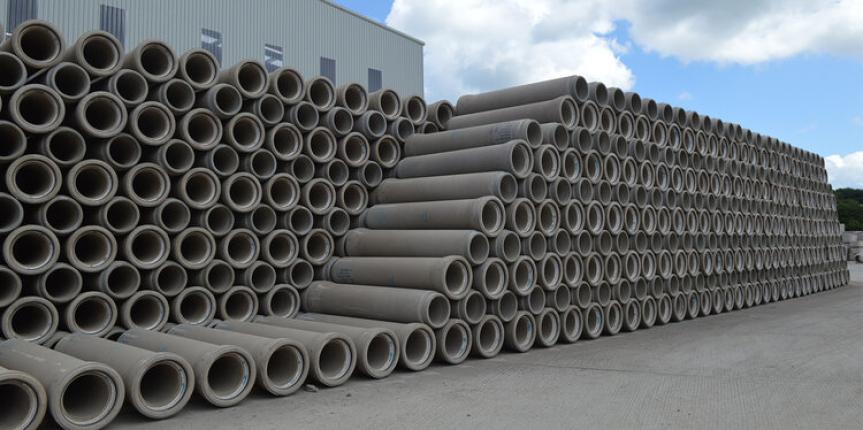
Concrete is a blend of aggregates or rocks. The adhesive consists of cement and water. It is the most usually used man-made material on earth. It is an essential construction element that is employed widely in buildings, bridges, dams, etc. Apart from cement, many other materials are also used in the manufacturing of concrete paste.
Also Read: How to find the best Concrete Block Manufacturer?
Latest market trends of Hollow Concrete Blocks
Let’s examine the latest market trends in the concrete industry.
1. Scope of the Study
The current market trend involves the newly introduced and tested things for a while, and the study of the material is given. Thus, the study also analyses the market of hollow blocks on a global and regional basis. It includes the drivers and retainers of the whole world.
The study says about the impact of these drivers and retainers on the market during the forecast period. The report contains values like market values, market volume, and the report of each layer segmentation of the hollow concrete block.
These things are being studied every year, and corrections are made the next year to overcome those. It includes the actual size of the previous year and the block’s estimated size in the coming years globally.
2. Market Segmentation
Market segmentation mainly focuses on the concrete hollow block and production of it globally based on the product type. In terms of type, there are 3 types, concrete block, AAA block, and bricks. As we are studying the concrete parking block let’s see about the segmentation of concrete blocks.
Further, the textured concrete block are segmented into hollow, cellular, fully solid, and others. The global segmentation report includes the production of these blocks and the layer segmentation globally. The regional segmentation report says only about the analysis of cost and total production in the local areas. Among all the other areas, the Asian-Pacific region holds a more number of markets and the best concrete bricks.
An increase in population, need for shelter, and extensively low budget buildings are the major factors that drive concrete block production in the Asian-Pacific zones.
3. Research methodology
To compete with an effective research methodology, the unit conducts numerous interviews with the concrete blocks’ operators and retailers. These are even effective when taken from key industry participants and evaluation guides.
The method has been proved to the most reliable, effective, and successful approach when obtaining the required data about these areas. They also transfer central transcripts on an open-ended basis with concrete industry participants and commentators to endorse and verify your data and analysis.
They help validates and strengthens secondary research verdicts. These also help strengthen the analysis team’s expertise and market understanding.
4. Regional Analyses
Regional analyses tell about regional success in a particular area, and the data obtained helps the companies attain a global report. Regional data analysis are a basic method to do on a small scale to obtain the end report on the required large scale.
Different Product Type of Concrete Hollow Blocks
The various types of concrete products are,
- Concrete Block
- Hollow
- Cellular
- Fully solid
- Others (Lintel, jamb, etc.)
- Brick
- Clay
- Sand Lime
- Fly ash Clay
- Others (soil stabilizers, engineering, etc.)
- AAC Block
These are the recent products used in the concrete industry.
Conclusion
Concrete blocks are employed when building and maintaining walls. It can hold some elements away from the exterior of your buildings. The exceptional thing about concrete hollow blocks is that they are light weighted and highly impervious. Hence, it is a promising business. And so, knowing the current trends is advantageous.
